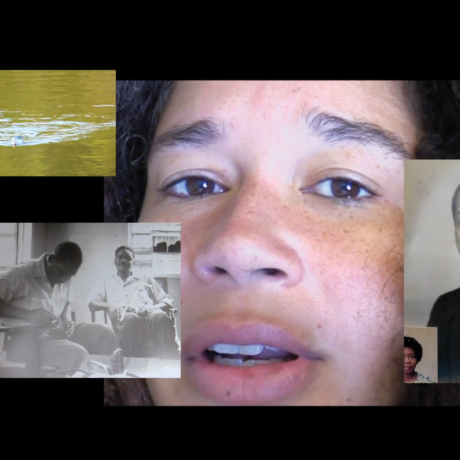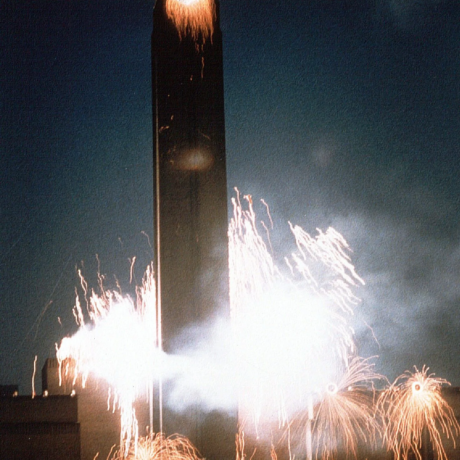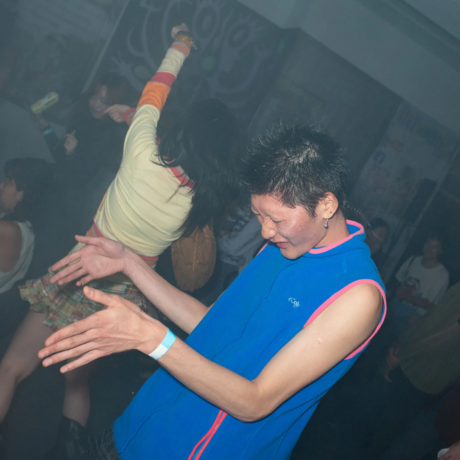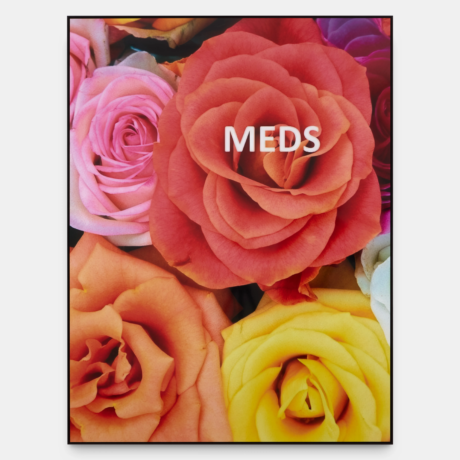When, on an afternoon flight from London to Berlin, my neighbour asks me what kind of art I write about, I am pleased to have an answer prepared: “painting.” For a stranger on a plane, it’s the perfect response — quick, familiar and not completely inaccurate.
In my years of traipsing around London’s commercial galleries, I have found myself most drawn to painting. It feels like the most accessible, the most friendly medium. I can imagine how a painting was made, I see the artist’s hand in it and feel that I could get to know them through their gestures. Readymades and installations, not so much. I think of these mediums as off-puttingly cerebral, unrelatable and somehow less legible than painting.
London is an expensive city and, for commercial galleries, the high rent costs here make selling imperative. As a result, painting reigns supreme. It’s hard to say whether my preference for it is authentic or an outcome of the sales-oriented art world that surrounds me. Escaping my bubble to visit Gallery Weekend Berlin, I find myself in a scene that feels freer and more adventurous, where I quickly learn that the latter is true. It only takes three days for me to be deprogrammed.
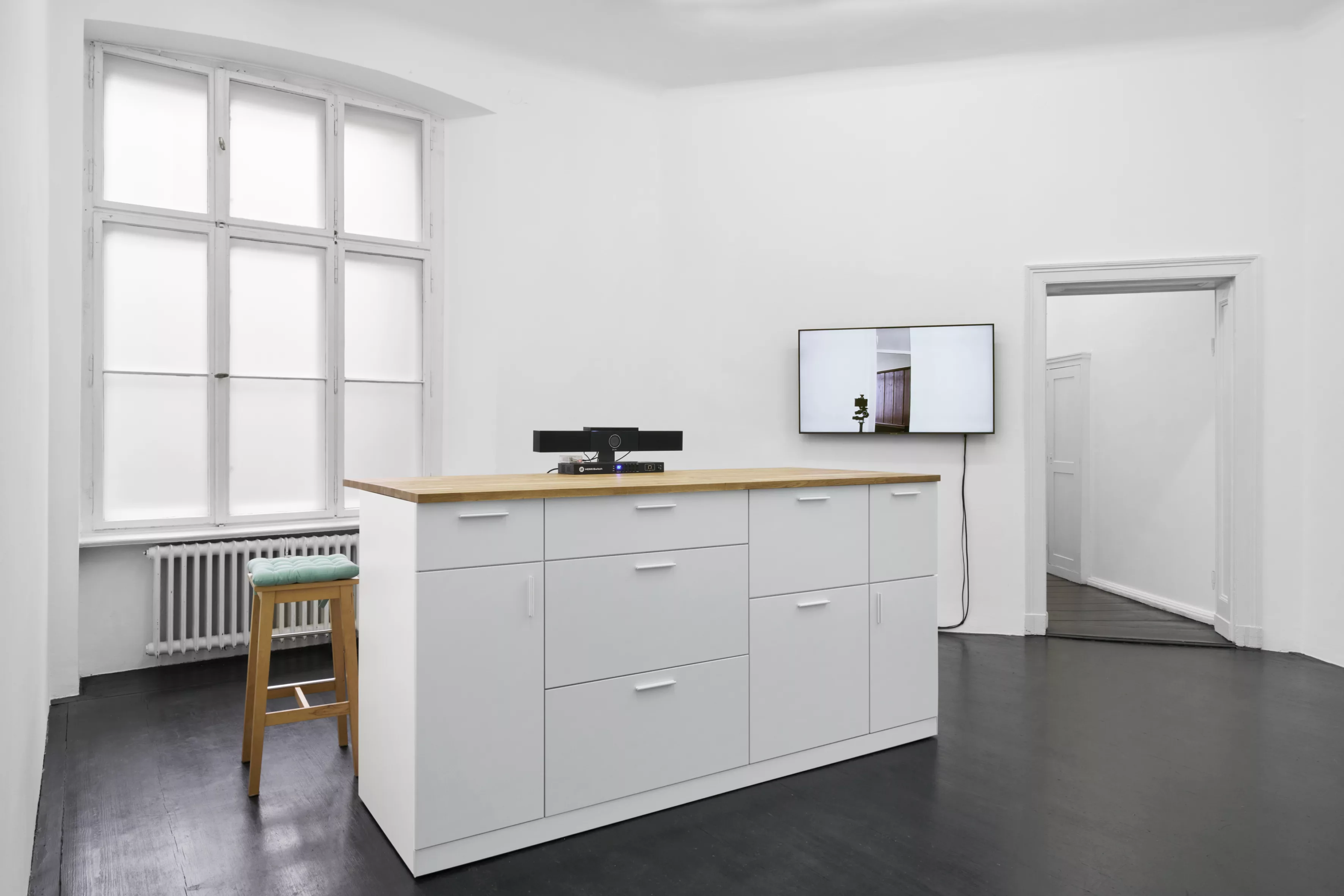
Photo © Graysc
If I find obscure installations difficult, then my first stop, Galeria Isabella Bortlolozzi, is a baptism by fire. In the middle of Morag Keil’s solo exhibition “Artificial Intelligence” is a work titled Kitchen Island (2024), and it’s exactly that — the kind that you might find in a suburban upper-middle-class new build. Next to it, a screen cycles between clips from British daytime television and live footage of the room from a camera stationed on the island. The accompanying text is a series of extracts from a text on severe eczema by Dr. Shelley F. Diamond. My first thought is that it is a work that lacks gesture almost completely, Keil notable in her total absence from proceedings.
In the past, I had found such absence alienating — but today, I feel that I understand what I am looking at, and my reaction is instinctive. The symbol of moneyed domestic bliss, the image of my own unexpecting, misshapen face alongside those of shiny game show hosts and the story of an unscratchable itch… It amounts to a familiar feeling, a mixture of ennui and appetite. I see a miserable world where consumption and celebrity form the cornerstones of an aspirational life, and paradoxically, I want in. I scoff at the D-listers on the television, but after catching a glimpse of my own image, I wonder who I would rather be.
Someone else who didn’t grow up surrounded by the legacy of Thatcherism with easy access to Channel 4 might interpret the work differently, but, for me, it’s worthwhile and fulfilling. I walk out into my first night in Berlin, not missing painting one bit.
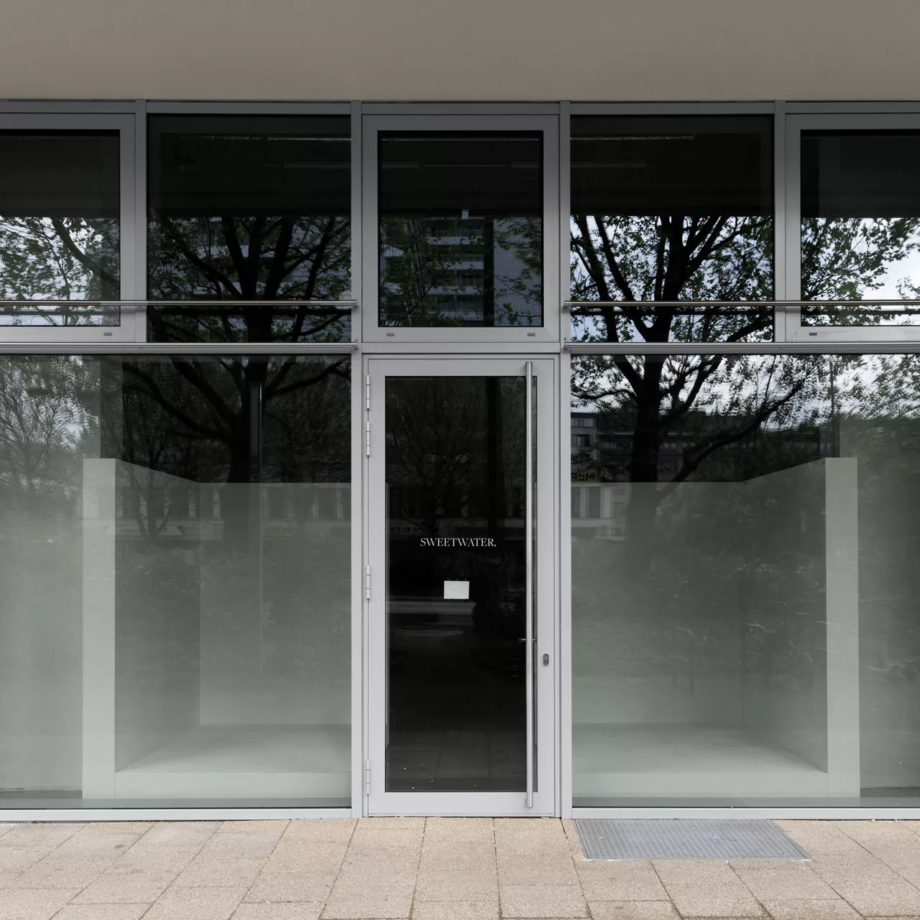
Photo by Joanna Wilk.
The following day, emboldened, I visit the mostly anonymous Constantin Thun’s solo exhibition at Sweetwater. The gallery’s windows are blocked by empty display units, and its door has a note with the exhibition’s chaste title, “April 26, 2024 – June 1, 2024”, taped to it. Inside, I’m greeted by three wooden beams lying on the floor, an unframed photograph of what looks like a landscape painting and a kitchen sink. Keil’s show might have lacked gesture, but at least it contained a degree of familiarity — I understand the significance of an episode of Naked Attraction or a prefabricated kitchen island. Here, with no context, I am left to take what I see completely at face value. It feels unfriendly, being left here to scramble for some significance in the objects on show.
It turns out that this isn’t the case. There is no one answer but a number of possible interpretations, all equally valid. Reading the exhibition’s text, an interview between Thun and writer Dominic Eichler, I see that what I took to be stingy is actually a kind of generosity. Rather than tell the viewer what they are looking at, he’d rather let them experience what comes naturally to them.
With this idea in mind, I wander around the gallery and experience a sort of hum radiating from the exhibition, impossible to put into words but unmistakable. The history of each object, though obscure to me, is somehow palpable. In the text, Thun talks about swimming in the ocean, and this is how I feel: submerged in something with vast and unknowable depths. Of course, this sensation will differ from person to person, and Thun refuses to flatten these differences. “I think people should approach things in their way,” he explains. Not so unfriendly after all.
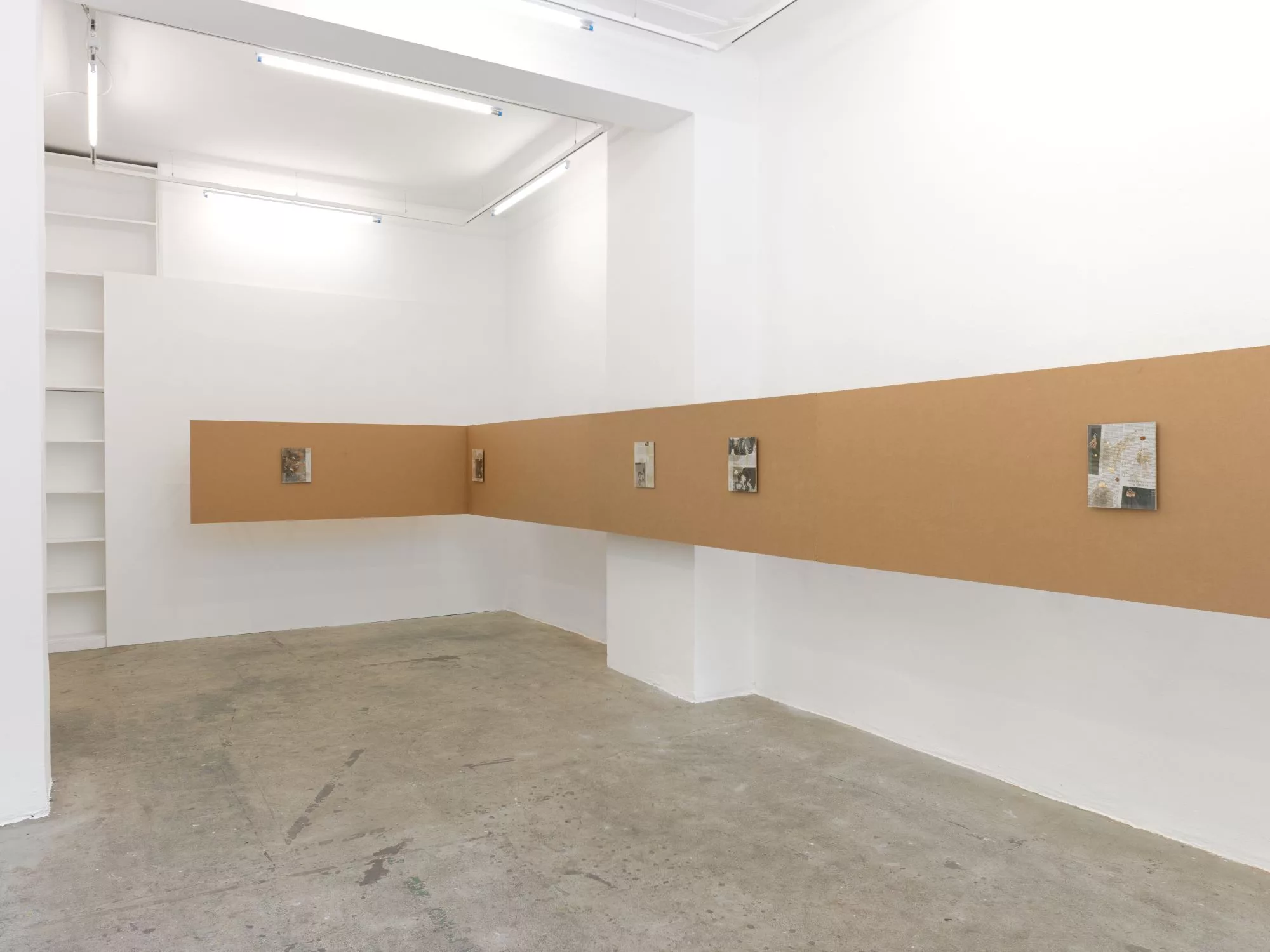
Photo by Nick Ash
I can’t write about friendly artists without mentioning Ian Waelder. After messaging back and forth for a few months, it was his invitation to visit his show, “Here Not Today” at Super Super Markt, that convinced me to make the trip to Berlin. Unlike Keil and Thun, neither of whom I have met, he is a friend who greets me warmly when I arrive at the exhibition.
It comprises five newspaper clippings, soiled with the remnants of foods including bread, raisins, oats and spaghetti, mounted behind museum glass and displayed on two large cardboard panels. To me, it is about impermanence: printed records of world news turned into stained reminders of quick snacks. The word residue comes to mind: the way that any event, personal or political, gastronomic or governmental, leaves a mark on the world that will inevitably fade. Seeing such austere work made by such an amiable person feels incongruous at first, but Waelder quickly puts me right: it is not made with an entirely straight face. Making conceptual work like this, he explains, having a sense of humour is “helpful for surviving.”
I think the same spirit can apply to viewers, too. Walking into a gallery and marvelling at a clip from Come Dine with Me or a stained scrap of newspaper is, of course, ridiculous. This ridiculousness is the elephant in the room. It’s what makes so many people proudly decry contemporary art as a waste of time. It’s what made me identify myself as someone who prefers painting. But an artwork or exhibition can be both a bit silly and totally worthwhile or even profound; the two don’t cancel each other out, but it’s hard to register the profundity without admitting the silliness.
I decide to follow Waelder’s advice in future, and try not to take the difficult work that I’m seeing too seriously.
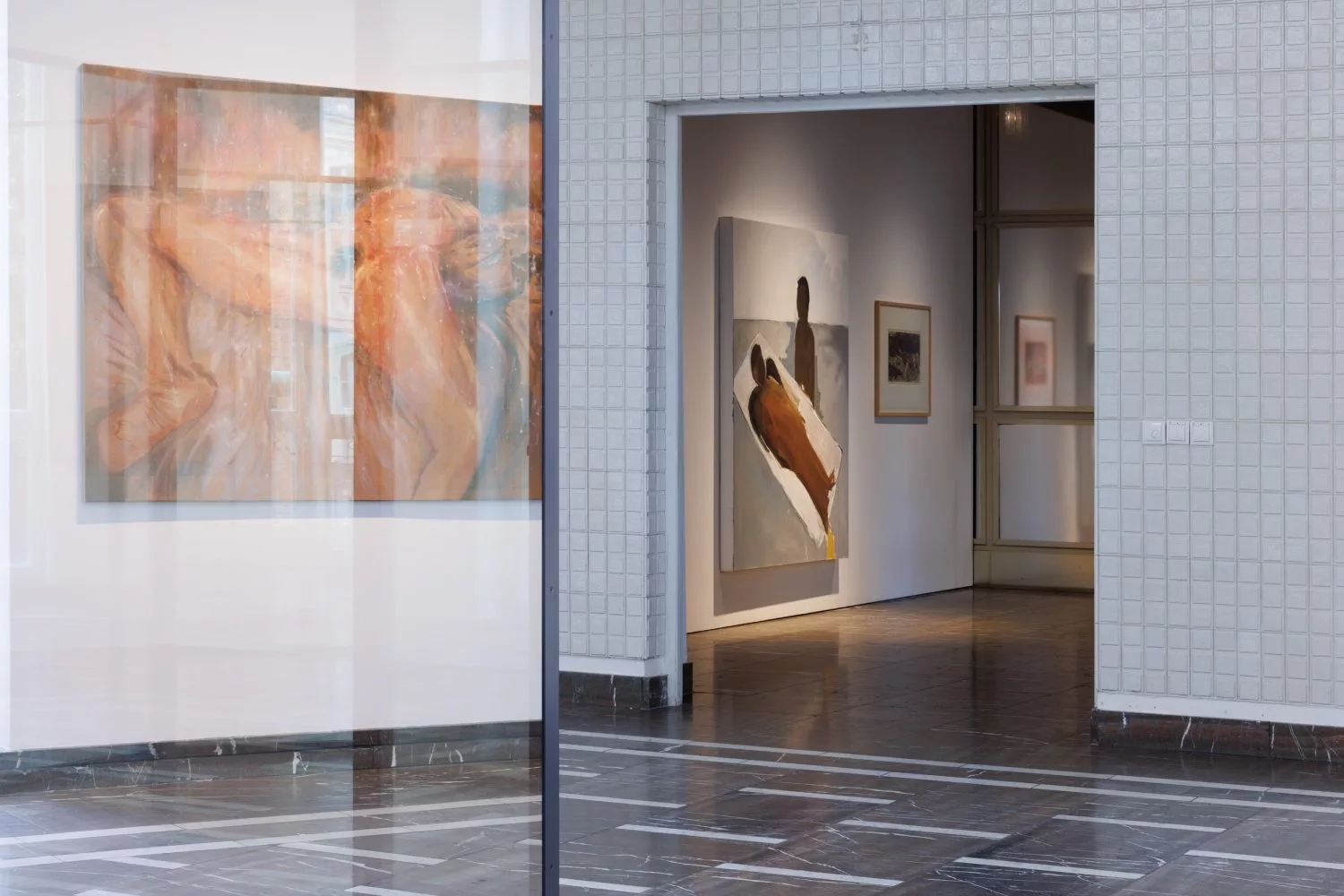
Photo by Frank Sperling
On the sunny terrace of the Schinkel Pavillon, I watch two painters, Henry Taylor and Jill Mulleady, discuss their exhibition “You Me” with curator Klaus Biesenbach. Biesenbach and Taylor represent opposing forces in the debate that has been preoccupying me: one is straight-faced and academic, the other relaxed and hilarious. Biesenbach asks a series of elliptical questions, the most memorable being “Are you black?” which I assume is an attempt to open a debate on post-structuralism. Taylor doesn’t answer; instead, he relays anecdotes about previous visits to the city and the unexpected phone call he once received from Barack Obama directly after smoking a joint.
Aside from being naturally funny, I’m sure that Taylor knows his work shouldn’t be apprehended with complete seriousness. He’s a painter of life in the fullest sense, and its funny side isn’t lost on him. This isn’t to say that there aren’t moments of solemnity. In Me, Me (2023), the artist stands over his father’s open casket, the two figures uncannily alike. It’s a chilling confrontation with mortality. But these moments exist as part of a world that, like our own, is best approached with a sense of humour.
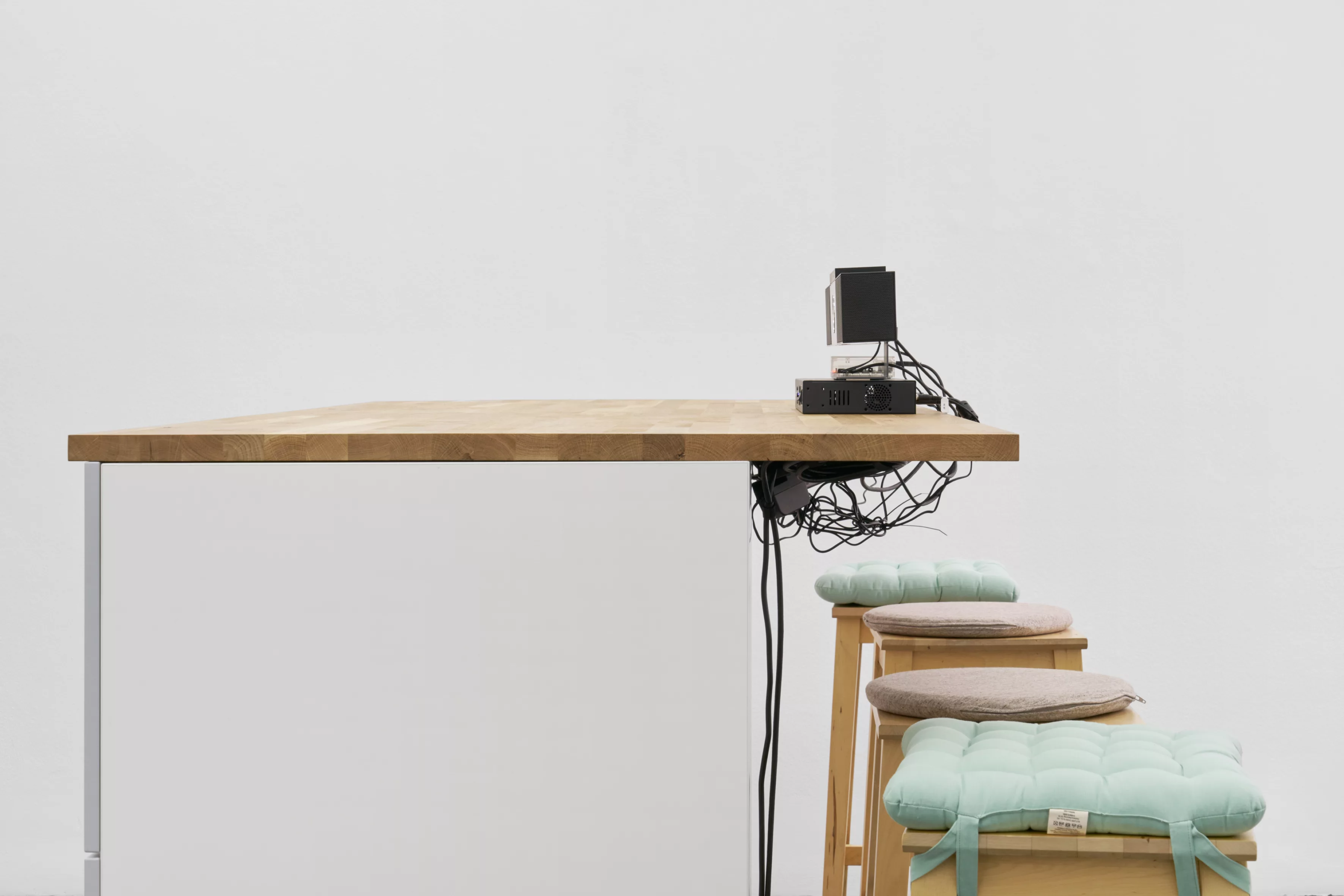
Photo © Graysc
And just like that, after a weekend-long romance with the outer reaches of artistic practice, I am back to writing about painting. It feels different now, though. It’s not my default option, but one among a group of equals that no longer feel essentially distinct. Readymades, installations, paintings — they all carry the potential for a profound viewing experience and should all be understood with some degree of playfulness.
On my final evening, I find myself sitting at a dinner with the eponymous Isabella Bortolozzi and her team. As we discuss which exhibitions are worth seeing this month, I brace myself for a question about what kind of art I write about. After a refreshing and illuminating weekend, I haven’t yet figured out my new answer. Luckily, the question never comes — my companions probably know, as I do now, that the distinction I previously stuck to isn’t so useful after all.
Written by Phin Jennings

